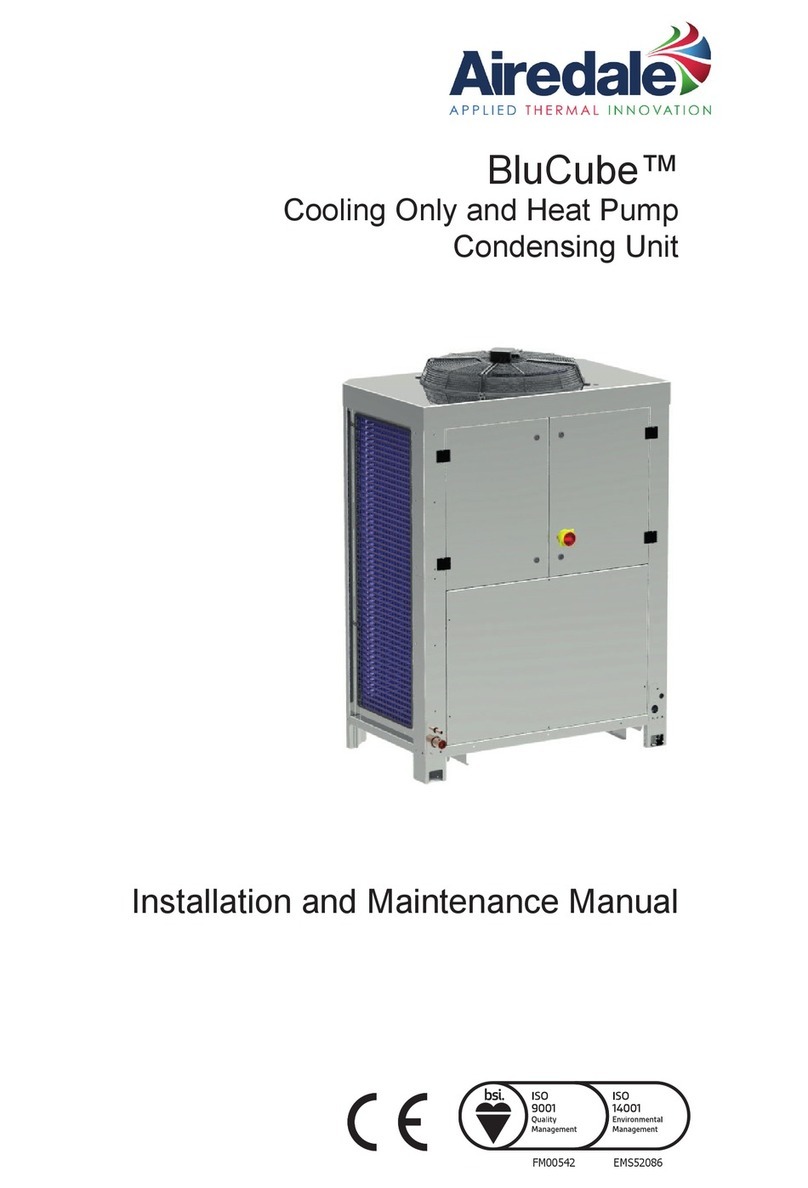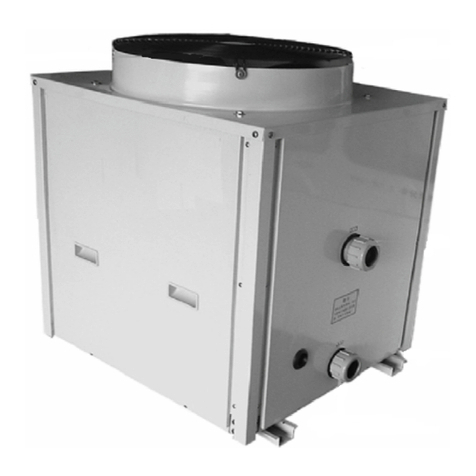OSCAR –Series C-S
6
1. OIL CONDENSING COMPACT UNIT C-S
The C-S oil co unit uses a reversible exhaust flow steel boiler to optimally exploit its thermal
energy, keeping the NOx (oxides of nitrogen) very low. This is achieved by the excellent
combination of OSCAR's oil-burning expertise and the most important construction
companies abroad, such as Italian RIELLO with the most modern RDB series burners,
GRUNDFOS Denmark with the latest ErP circulators and others.
The oil boilers reversed exhaust flow, with excellent design and construction geometry based
on good reception of all available heat from the boiler exhaust gas. This is done through the
design of the boiler which generates three exhaust routes. The exhaust gas after the initial
output from the boiler is raised to the top of the apparatus to enter the specially designed
stainless heat exchanger for further heat utilization of energy contained.
As a result of all the above, the efficiency of the compact unit C-S is higher than 103% (see
relevant tables and explanations).
The C-S condensing unit is intended exclusively for inside heating and hot water production
using heating oil (light oil).
The following directives and standards are met during the construction of the unit:
DIRECTIVES
1. Directive 92/42 / EEC Performance requirements for new hot-water boilers fired with liquid
or gaseous fuels.
2. Directive 2014/30 / EU Directive on electromagnetic compatibility.
3. Directive 2014/35 / EU Directive on electrical equipment intended for use within certain
voltage limits.
4. Directive 2009/125 / EC Eco design requirements.
5. Regulation 813/2013 Eco design Regulations.
6. EN 303-1 Heating boilers - Part 1: Heating boilers with forced draft burners - Terminology,
general requirements, testing and marking.
7. EN 303-2 Heating boilers - Part 2: Heating boilers with forced draft burners - Special
requirements for boilers with oil-fired burners.
8. EN 303-4 Heating boilers - Part 4: Heating boilers with forced draft burners - Special
requirements for forced draft boilers with a payload of up to 70 kW and a maximum operating
pressure of 3 bar - Terminology, special requirements, testing and marking .
9. EN 304: 1992 Test code for heating boilers for oil burners with mechanical spraying of fuel.



























